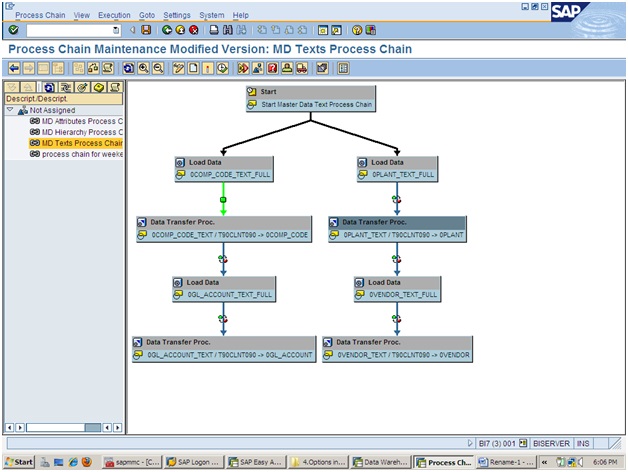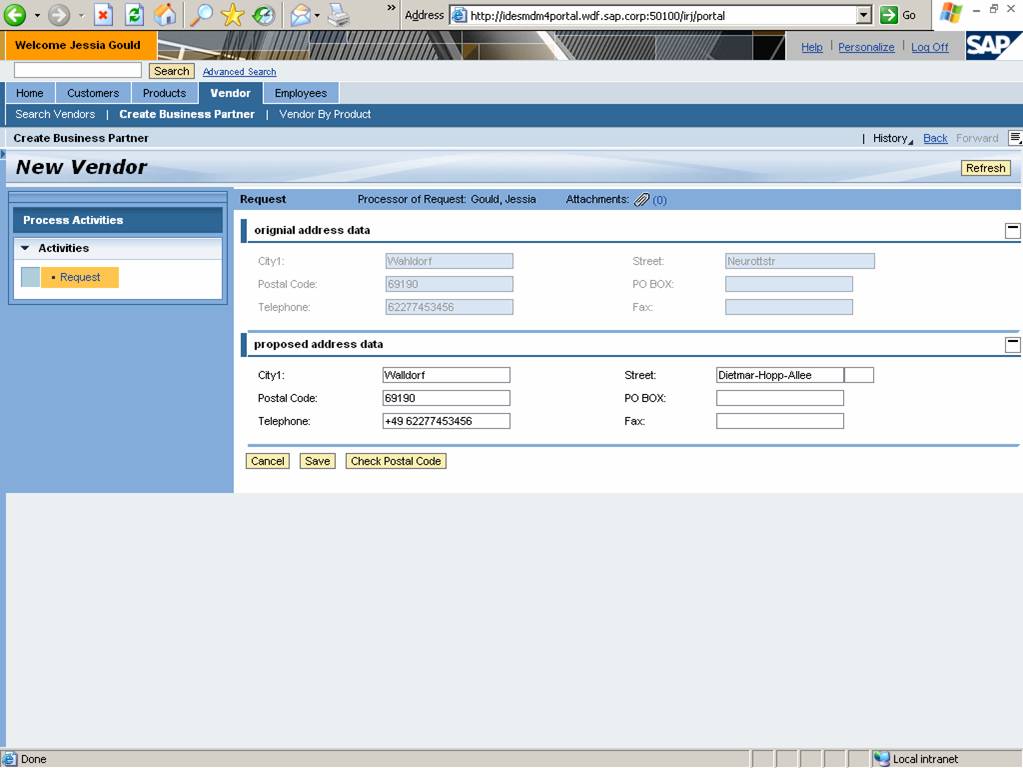
A system where the customer/supplier integration is not in place will be declined for the transition. It is planned to check the introduction of the CVI in the pre-checks and the technical Conversion procedure of SAP S/4HANA on-premise edition 1511, 1610, and 1709. With current development, BP is the single point of entry to create, edit, and display master data for business partners, customers, and suppliers. Customer Supplier Integration is a perquisite to move to SAP S/4HANA.īusiness Partner is now capable of centrally managing master data for business partners, customers, and suppliers. The (mandatory) target approach in SAP S/4HANA is the Business Partner Approach. Here the vendor (now, supplier) master and customer master is used. There are redundant object models in the traditional ERP system.

In classical transactions, one customer can only be associated to one account group.Business Partner allows maintenance of multiple addresses with corresponding address usages.A legal entity is represented with one Business Partner.Compared to classical ERP transactions, maintenance of Customer and Supplier master data via Business Partner has many advantages: This is to ensure the ease of master data maintenance and to achieve harmonization between them. In SAP S/4HANA, Business Partner is the leading object and single point of entry to maintain Business Partner, Customer, and Supplier (formerly known as Vendor) master data. This blog is also inspired from the top simplification list items.

This blog attempts to give you the latest information on business partner approach, customer/supplier integration, and conversion process.

It is vital to understand the business partner approach before migrating to SAP S/4HANA. As part of the SAP S/4HANA Business Partner (Central Master Data) development team, we come across many concerns during the migration from ERP to SAP S/4HANA.


 0 kommentar(er)
0 kommentar(er)
